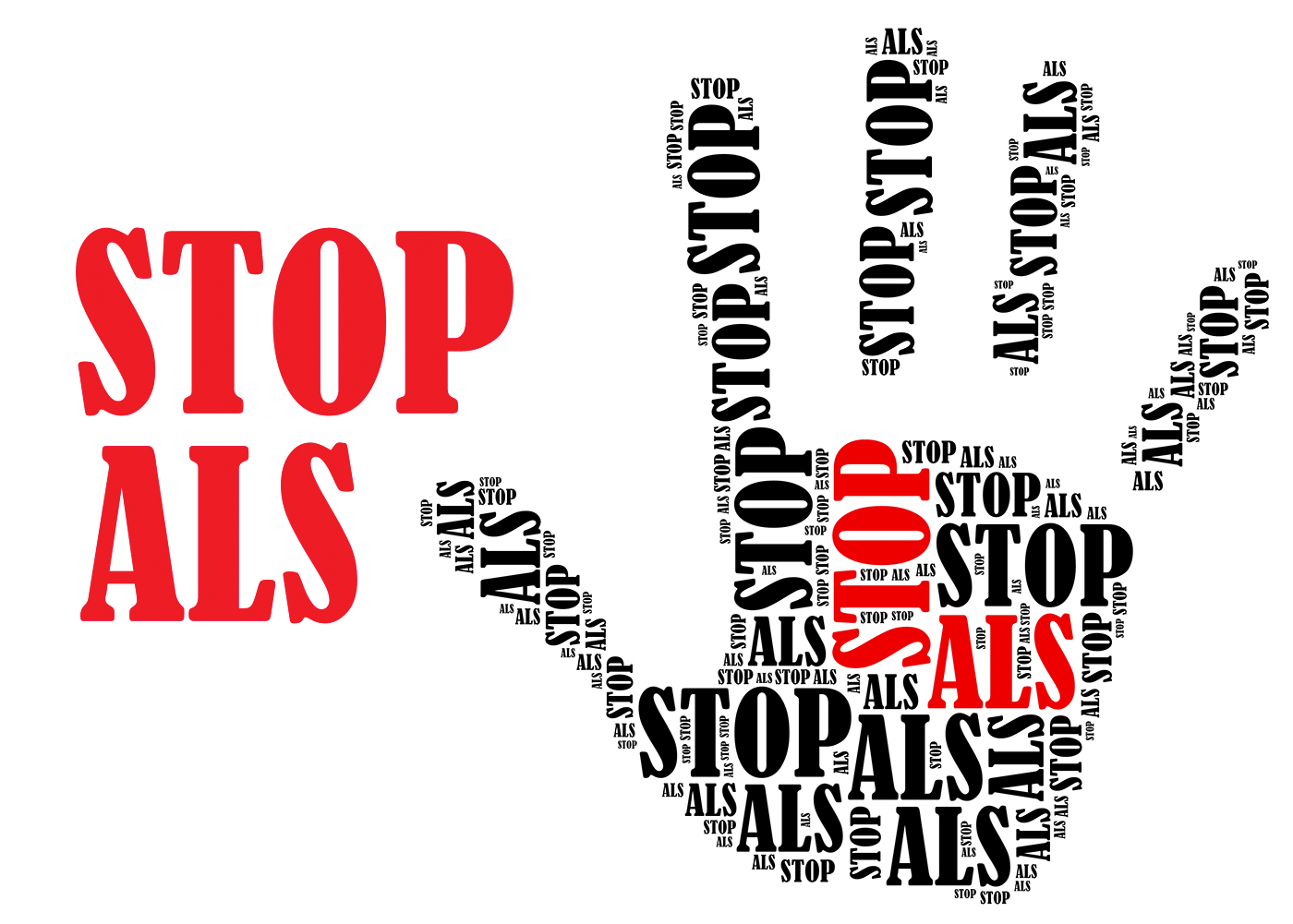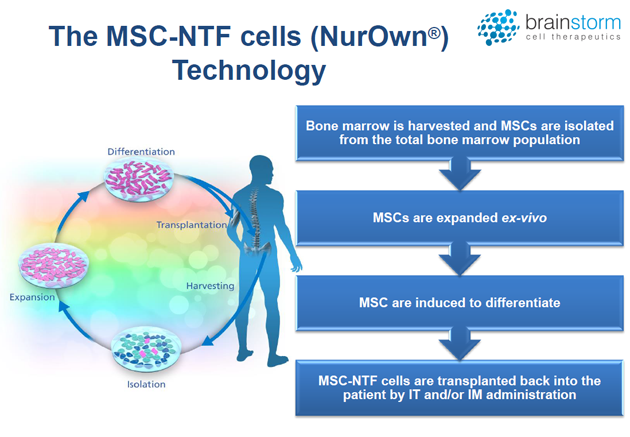
What is Amyotrophic Lateral Sclerosis (ALS)?
A progressive neurological degenerative disease of the upper (UMN) and lower motor neurons (LMN). Upper motor neurons in the brain send messages to the lower motor neurons in the spinal cord then to a group of muscles or a single muscle. In ALS, UMN and LMN start to stop sending messages to the muscles. Furthering to symptoms of: muscular atrophy, muscle stiffness, slurred speech, and difficulty swallowing.
Most prevalent in males 55-75 in age. Most likely to develop in Non-Hispanics/Caucasians. Two different types of ALS:
- Sporadic: 90% of cases with no clear risk factor or family history of the disease.
- Familial: 10% of cases with inheritance of gene from at least one parent. 25-40% of familial is linked to defective C9orf72 gene. 12-20% of familial is linked to gene mutation in SOD1.
A factor in ALS is an untranslated region of C9orf72 gene linked to toxicity. *C9orf72 protein functions are still unclear. Research has also found SOD1 and TDP43 leads to unfolded protein aggregates found in motor neurons of ALS.
*More in depth scientific information
Treatment and Survival Rate
This disease is currently incurable. Treatments available are to help control the symptoms and making living with ALS easier.
Medication: Rilutek helps reduce damage to motor neurons by decreasing glutamate levels. Many medications that directly treat the symptoms such as muscle cramps, stiffness, depression, and constipation are usually prescribed. Edaravone, just FDA approved in 2017, is a known antioxidant to help with ALS.
Therapy: Physical therapy that use very low-impact exercises can help with cardiovascular health, fight fatigue, and strengthen the muscles that are still unaffected. Speech therapy to help with speaking and help improve or continue the ability to communicate.
Support: Nutritional support allows for increased ease of eating food as well as increased nourishment to continue calorie intake. With a high calorie intake, they will not lose weight as fast thus slowing down the progression of weakness. Breathing support such as a mask or other machines. This support is vital due to the weakness of the respiratory system is the common way of passing.
Unfortunately, this disease is very deadly. Most people die from respiratory failure within 3-5 of first symptoms being present. Rilutek has been found to slow down the progression and increase life expectancy by a few months. Breathing support has also shown to prolong survival.
Rare Case: Stephen Hawking
A short video about Stephen Hawking published by the Washington Post.
Most people don’t survive 3-5 years after diagnosis of ALS; however, one man beat the odds and survived 55 years with ALS.
Stephen Hawking was a renounced theoretical physicist from Oxford, England. Throughout his life he had worked on the basic laws of the universe. His contribution to society had won him awards from Presidential Medal of Freedom to CBE. While accomplishing our further understanding of the universe, battled with ALS. At the age of 21 (1964), Stephen Hawking was diagnosed with ALS. Progressing over the years he became wheelchair-bound and used a computerized voice system. Even through the progression, he did not allow the disease to limit him. Stephen was a very rare and unique case.

Hope for a brighter future:
A discovery of the NEK-1 gene. The function of NEK1: maintaining neuron’s cytoskeleton and regulation of the membrane of mitochondria. This gene has been found to be in sporadic and familial ALS posing an opportunity for a new target for drug development for ALS. *Further research is being conducted.
Therapeutic target for C9orf72-associated ALS. A common gene mutation, C9orf72, is a genetic cause of ALS. Inhibition of Spt4 protein, was found to reduce toxicity caused by C9orf72 repeat expansion. *Further research is being conducted.
AstroRx, stem cell-gene therapy Clinical trials are recruiting after positive results in animal models with ALS. In hopes that using human embryonic stem cells to produce astrocyte progenitor cells in labs will be effective. Injecting healthy astrocytes into the spinal canal of mice had shown a delay of onset. *New Clinical Trial is being conducted.
*For more information on stem-cell research.
Positive results for NurOwn stem cell phase II trial. Mesenchymal stem cells from bone marrow are being used for cell therapy. Administered intramuscular and intrathecal injection showed to be safe and highly tolerated. *Research being continued into phase III.
*For more information on the trial
A better understanding of ALS has begun to emerge and more quickly since the Ice Bucket Challenge. This challenge has risen awareness as well as enough money to put toward research. Through the ALS foundation and remarkable researchers, a cure for the incurable is reachable in the near future.
References:
National Institute of Neurological Disorders and Stroke

